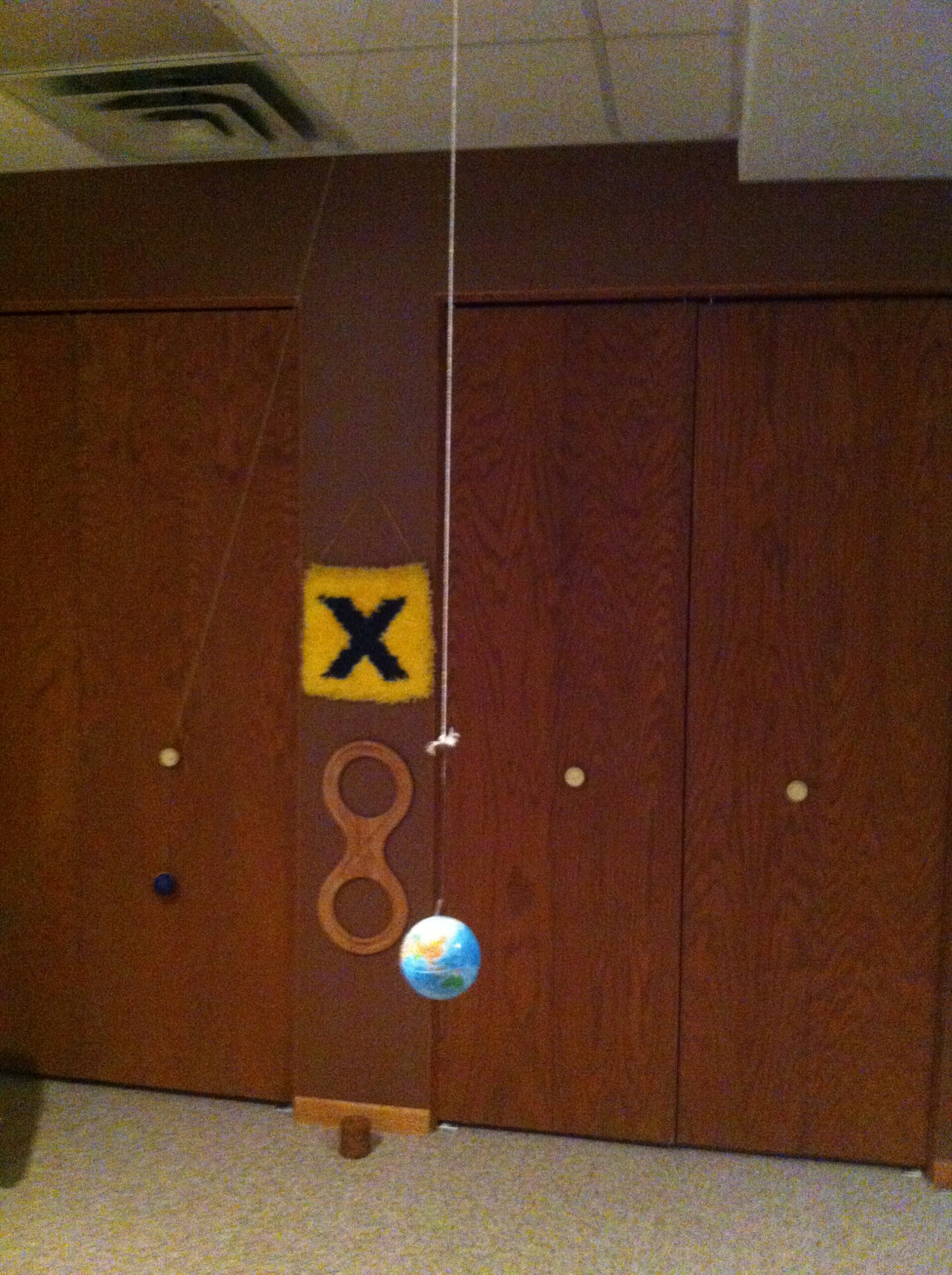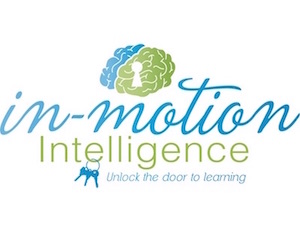Children develop similarly around the world. Physical Development is universal, when certain conditions are met. Namely time and space. Equipment is not necessary. Assisting is not even necessary.
Helping or Hindering?
Have you ever watched parents holding a baby upright by their teeny little hands, with their arms stretched over the head? This hand holding “job” gives parents a sense of satisfaction, but it isn’t needed. Children learn to walk with repetition. After establishing their core through rolling, sitting, and crawling, they stand. They let go of the furniture. They take a risky step. They fall. They repeat. Until there is mastery.
Physical development requires training many systems to work in harmony: vestibular/balance, musculo-skeletal, visual-motor, reflexes, and more! Whether you’re in the rainy season or the extreme cold season, whether COVID has you isolated indoors, no matter the “whether/weather”, here are some ways to intentionally address physical development. Many of the following ideas are appropriate and relevant for all ages, not just youngsters.
- Put pillows, blankets, foam noodles/rollers, cushions on the floor and practice walking on them. This works on multiple reflexes originally activated in infancy. It also builds balance and coordination.
- Tape an ellipse on the floor. Crawl. Walk. Tip toe. Skip. Run. Go backwards. Coordinating one’s eyes with the feet is a life skill for sports, walks in the park, escalators, and more! Variation: Use a rolling pin to really strengthen those abs while crawling over the tape.
- Use furniture (chairs, tables) to invite crawling, slithering, scooting. This takes one back to infant developmental movement patterning. It also move
 s one from a vertical upright plane to a horizontal plane.
s one from a vertical upright plane to a horizontal plane. - Hang a nerf ball (tennis-sized) from the ceiling; play catch with oneself and/or with a partner. (Since it is attached to the ceiling, the ball isn’t getting lost in a corner or breaking material. Rig it so you can raise it up when you don’t want this “toy” accessible.”) This develops the grasping reflex necessary for handwriting. It also supports eye-hand coordination, peripheral vision, depth perception, and motor planning.
- Play with balloons using only hands and then only feet. This builds specialization skills of sidedness and top/bottom.
- Use music to move. Choose music filled with directions (E.g. The Twist or Animal Action) as well as instrumental genres (drumming). Both support listening skills as well as whole body movement and creative expression.
- Challenge sensory preferences. Eat/write/brush teeth/paint with the non-dominant hand. Cover one eye and play catch/dance/move. Explore which foot likes to go first on steps/when walking/kicking a ball and switch to the other foot. Stand behind someone and whisper; notice which ear they turn to hear you better.
- Babies love to laugh. Take time to laugh with children. Get a joke book. Watch funny TikToks/youTube. Tell a funny story. Imagine someone is on the phone and hold a one-sided giggle fest; eventually the kids will join in the giggles.
- Stretch and bend like a pipe cleaner. Call it flexibility building/yoga/body exploration. The more we sit, the tighter we become. Extend out from the center.
- Find stillness in sight, sound, and body. There is abundant research on the necessity of restorative sleep for overall health and wellness.
- For sight, consider rubbing hands together briskly and then resting lightly over the eyes as in Positive Point Palming from Vision Gym.
- For sound, consider the Silence Game from the Montessori Method. Gather silently and listen to the sounds. It may only last 15 seconds the first time before someone giggles, sniffles, or ??? Persist and build. You may notice creaking of the building, animal sounds, human gurgles, and more!
- For the body, sit or lie down for a Brain Gym® activity: Cross ankles. Thumbs down with palms outward, cross, clasp, draw hands down and up into chest. Breathe deeply into stillness.
- Scan the environment for movement or for an “I spy” object. Look into the horizon. The abundance of screen time stresses the visual system and often the muscular system (jaw, shoulders, neck). Moving the eyes away from the central focus helps! Breathe and blink.
- Build the core. Old-fashioned calisthenics are simple to add to the day. Sit-ups. Planks. Push-ups. Sitting upright in a straight-back chair requires core strength; when someone has a weak core, they may be expending extra brain power on their body awareness (e.g. to prevent falling off a chair). A strong core allows a stable posture to be more effortless. Hence, one can now focus on the task at hand.
Am I physical?
Take a moment to analyze physical activity in your daily schedule. Is there a balance between vertical and horizontal? Between mobile and stationary? Be intentional.
Support physical development because it lays the foundation for academics, focus, social-emotional wellness and so much more!






